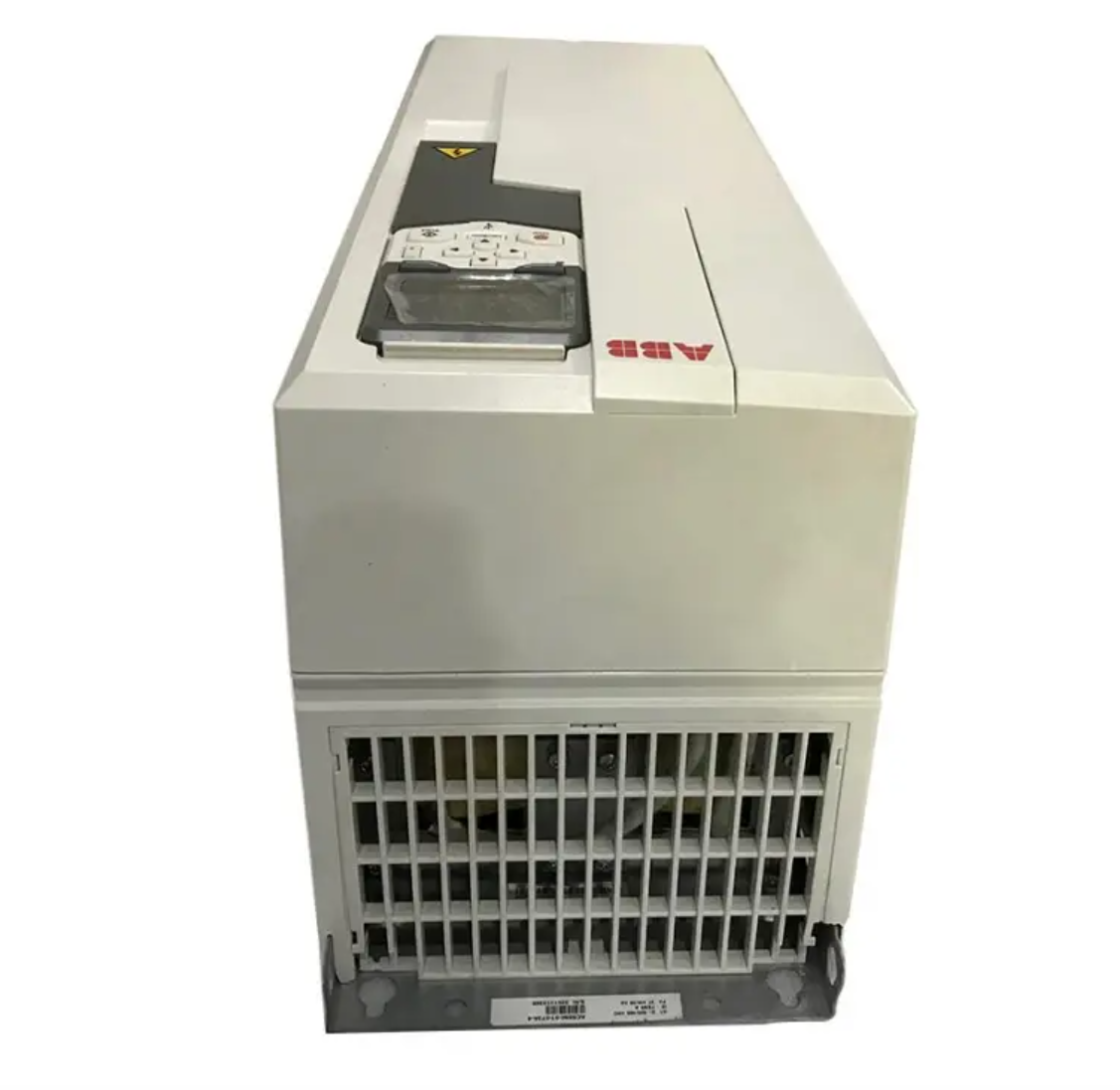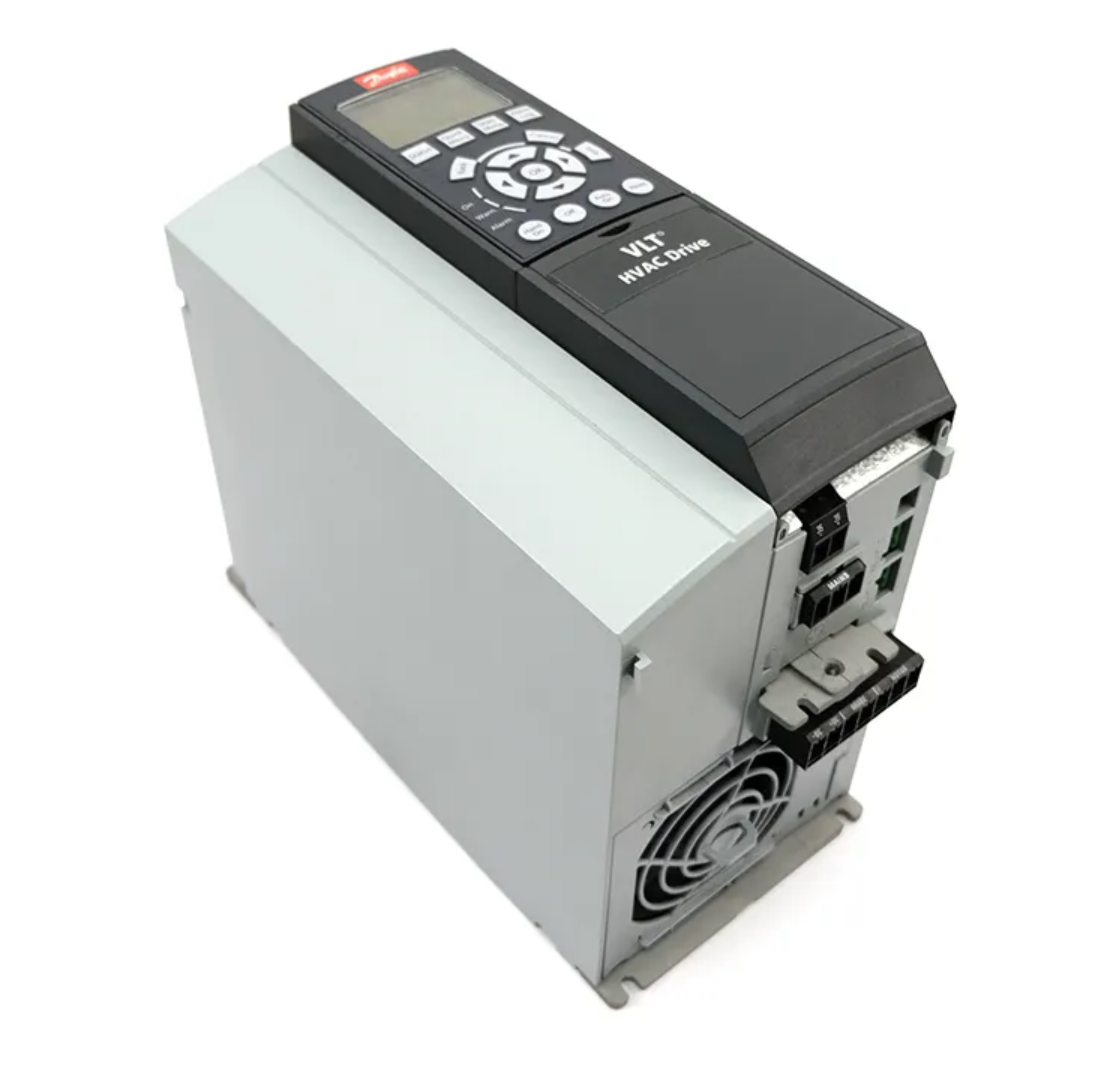What Are Servo Drives and Variable Frequency Drives (VFDs)?
Understanding Servo Drive Systems
Servo drives are really important in industrial automation setups where they serve as key parts of complex machinery. What these drives do basically is control how servo motors move around. They get instructions from control systems typically through electronic signals. Once they receive those signals, the drives modify the electricity going to the motor so it can accurately manage things like where it points, how fast it spins, and what kind of force it applies. When talking about what makes up a typical servo drive setup, there's obviously the motor itself, plus a controller unit that handles all the incoming signals, and then various feedback tools such as encoders or resolvers which provide live updates on exactly where the motor is positioned, its current speed, and which way it's heading at any given moment.
When it comes to dynamic applications, these components team up to maintain both accuracy and stability throughout operation. Servo drive systems just can't be replaced when we need pinpoint control, think about places like robotics setups, those fancy CNC machines with all their computer numerical control magic, plus various other automated equipment around factories. Take robotics for example, getting those arms to move exactly the same way every single time matters a lot during assembly lines or welding processes. And look at what happens with CNC machinery too, the servo drives basically make possible the creation of really intricate parts that demand high levels of detail and precision. That's why so many manufacturers rely on them despite the initial investment costs.

Exploring Variable Frequency Drive Technology
Variable Frequency Drives, or VFDs for short, play a key role in how AC motors operate by letting us control both speed and torque. What these drives do basically is change the voltage and frequency going into the motor, which allows much finer control over how fast it runs and what kind of force it produces. The technology behind this involves things called frequency modulation and something known as pulse width modulation (PWM). With PWM specifically, the drive adjusts when electricity flows through the system, effectively telling the motor exactly when to work harder or slower based on what's needed at any given moment.
There are plenty of good reasons why companies should consider going with VFD technology, and these benefits cut across both green initiatives and day-to-day operations. The main thing is that VFDs save a ton of energy because they adjust how fast motors run based on what the system actually needs at any given moment. This means no wasting electricity when it's not needed. Another big plus is that VFDs make machinery last longer since they eliminate those harsh starts and stops that wear things out so quickly. Maintenance costs drop as a result too. What makes VFDs really stand out though is their ability to fine tune processes across different industries. We see this working well in everything from factory production lines where precision matters to building climate control systems that need to adapt throughout the day.
Overall, servo drives and VFDs significantly impact the efficiency and precision of industrial operations, each serving unique and complementary roles in automation.
Key Differences Between VFD and Servo Drives
Control Precision and Torque Performance
The precision and torque control offered by servo drives comes from their closed loop feedback systems, making them essential for things like CNC machines and robotic arms. These systems constantly check where the motor is and how fast it's going, then make adjustments on the fly. That results in really accurate movements and quick responses when torque needs to change suddenly. Most servo motor drives hit around 95% accuracy in actual shop environments, so they're pretty reliable stuff. On the flip side, Variable Frequency Drives or VFDs work differently since they usually run in open loop setups. This means they don't have that same level of precision because they just change motor speeds by adjusting electrical frequency instead of monitoring position continuously. Real world tests show that VFDs might only get about 85% torque accuracy in some situations, which explains why manufacturers still prefer servos for jobs where getting every detail right matters most.
Application-Specific Functionality
In industries that need pinpoint accuracy like robotics and factory assembly lines, servo drives come out on top because they handle complex control jobs and adjust speed and position really fast. Take those robotic arms used on production floors for instance. The servo systems let them move with the kind of precision that makes assembly possible without errors. On the flip side, VFDs work best when all that's needed is simple speed control and saving power. That's why we see them everywhere from HVAC units to conveyor belt systems. What makes VFDs stand out? They cut down wear and tear on motors when starting up and save quite a bit of electricity too. Some tests actually show around 30% energy savings in typical HVAC setups. So even though both technologies have their strengths, what matters most is matching the right tool to the job requirements. This explains why manufacturers stick with either servos or VFDs depending on what exactly needs doing in their operations.
The Role of Encoders in Drive Systems
Encoder Integration in Servo Drive Systems
Encoders are really important for getting better performance out of servo drive systems since they give necessary feedback for closed loop control operations. These devices deliver precise measurements because they keep track of both position and speed throughout operation of the servo motor. There are basically two kinds of encoders available on the market today: incremental and absolute models. The incremental type works by tracking position changes, so they work best when there's an option to reset position information. Absolute encoders tell exactly where something is at any given moment without needing a reference point, making them ideal for complicated motion sequences. Real world tests indicate that adding encoders to servo systems boosts accuracy substantially, sometimes reaching torque control within just 0.01% deviation from what's needed. This kind of precision matters a lot in advanced manufacturing settings such as robotic assembly lines and computer numerical control machines where even small errors can cause major problems down the production line.
Position Feedback in VFD Applications
VFDs make use of feedback systems to boost what they can do, especially when exact speed control matters. Getting position feedback right is pretty important for making these drives work better and more accurately across different setups such as conveyor belts or big mixing machines. When feedback gets integrated into the system, motors can actually change speeds based on whatever loads come through, which keeps everything running smoothly. Take packaging equipment for instance. The ability to tweak speeds thanks to good position feedback means products stay consistent in quality while cutting down on wasted materials during production runs. Industries that need constant changes in speed find this kind of setup really valuable because it makes whole systems more dependable over time without sacrificing performance levels.

Choosing the Right Drive for Your Application
Factors Influencing Drive Selection
Picking out the correct drive for any given application requires looking at multiple important aspects. When someone starts thinking about their needs, they need to consider things like what kind of load will be handled, how much torque is necessary, and whether precise control matters. Take manufacturing processes that demand tight tolerances and quick reactions - those situations often call for servo drive motors specifically. Money matters too, obviously. Sure, top quality drives usually come with bigger price tags upfront, but many companies find that saving money later on through improved efficiency makes up for it. Energy efficient models cut down on electricity bills month after month. Talking to people who've been there before or reading actual success stories from other businesses helps a lot as well. A real world example comes from an auto parts factory that slashed downtime and boosted productivity simply because they selected the right drive solution for their assembly line setup. All these different pieces fit together when making decisions that lead to good results down the road.
Matching Drive Capabilities to Operational Needs
Matching drive capabilities to what actually needs doing requires looking closely at what the application demands. Choosing between a servo drive and VFD usually comes down to specific factors in the job at hand. When tight control over both speed and torque matters, servos tend to work better. But many operations don't need that level of precision, so going with a Variable Frequency Drive (VFD) makes financial sense too. Real world experience shows companies making big gains after picking the right drive type. Take a packaging line that switched from standard VFDs to servo systems last year. They saw their production rates jump by nearly 30% overnight. Operators typically notice they should consider switching drives when they start seeing issues with timing accuracy or when processes just aren't responding fast enough to changes in demand.
Conclusion: Optimizing Performance with the Right Drive
Knowing how Variable Frequency Drives (VFDs) differ from servo drives makes all the difference in getting good results from industrial systems. Basically, VFDs work best where machines need steady speeds without much fine tuning, which explains why they're so popular in conveyor belt operations or HVAC systems. Servo drives tell another story entirely though. These babies shine in situations needing pinpoint accuracy and rapid speed changes, think robotic arms on assembly lines or CNC machining centers. Keeping up with what's new in drive tech isn't just academic either. Many manufacturers report seeing real savings after upgrading their drive systems, sometimes cutting energy costs by double digits. When picking out drives for upcoming installations, it pays to look beyond specs sheets. Talk to other plant managers who've made the switch, check out case studies from similar facilities, and don't be afraid to test run different options before committing. The right drive choice often means smoother operations and fewer headaches down the road.
FAQ
What is the main function of a servo drive?
A servo drive controls the movement of a servo motor by adjusting power according to commands from a control system, ensuring precision in position, speed, and torque.
How do VFDs contribute to energy savings?
VFDs adjust motor speed and power to match the demand of an application, reducing unnecessary energy consumption and minimizing mechanical stress.
Which applications are best suited for servo drives?
Servo drives are ideal for applications requiring precise control, such as robotics, CNC machinery, and tasks demanding intricate movements and speed adjustments.
How do encoders enhance servo drive performance?
Encoders provide feedback for closed-loop control, ensuring high precision and accuracy by constantly monitoring the motor's position and speed.
Can VFDs work with feedback systems?
Yes, VFDs can utilize feedback systems to adjust motor speed in response to changing load conditions, enhancing efficiency and accuracy in specific applications.

